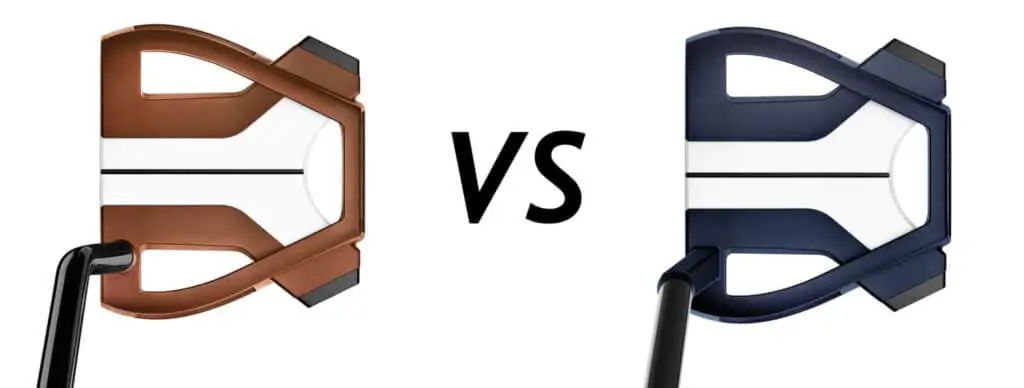Side note – From a scientific perspective, you would need to hold putter perfectly perpendicular to the ground to have a chance of achieving a consistent straight-back straight-through stroke. This is why guys like Steve Stricker point the toe of the putter toward the ground (with the heel of the putter pointing up). This drastically alters the lie angle of the putter, and gets the shaft of the putter closer to perpendicular throughout the stroke (and yes Stricker does employ the straight-back, straight-through style)
Most people hold the putter at a lie angle ranging from 65-75 degrees. In this case, the most natural path for the putter is to move slightly inside on the way back, and slightly inside on the way through. In my opinion, this is why more PGA tour players use the toe-hang (slant neck) version. They aren’t really altering the 70 degree lie angle of the club, which means the weight of the putter head will feel more natural when it moves slightly inside on the way back and the way through.



Pingback: This Is The Top Rated Putter In The World Right Now!
Which one does Jason day and dj use
Hi Monte,
At the moment, DJ and Jason Day are both using the Taylormade Spider Tour (all black version with no alignment aids). Here’s a link to another article which outlines the differences between the Spider Tour the Spider X.